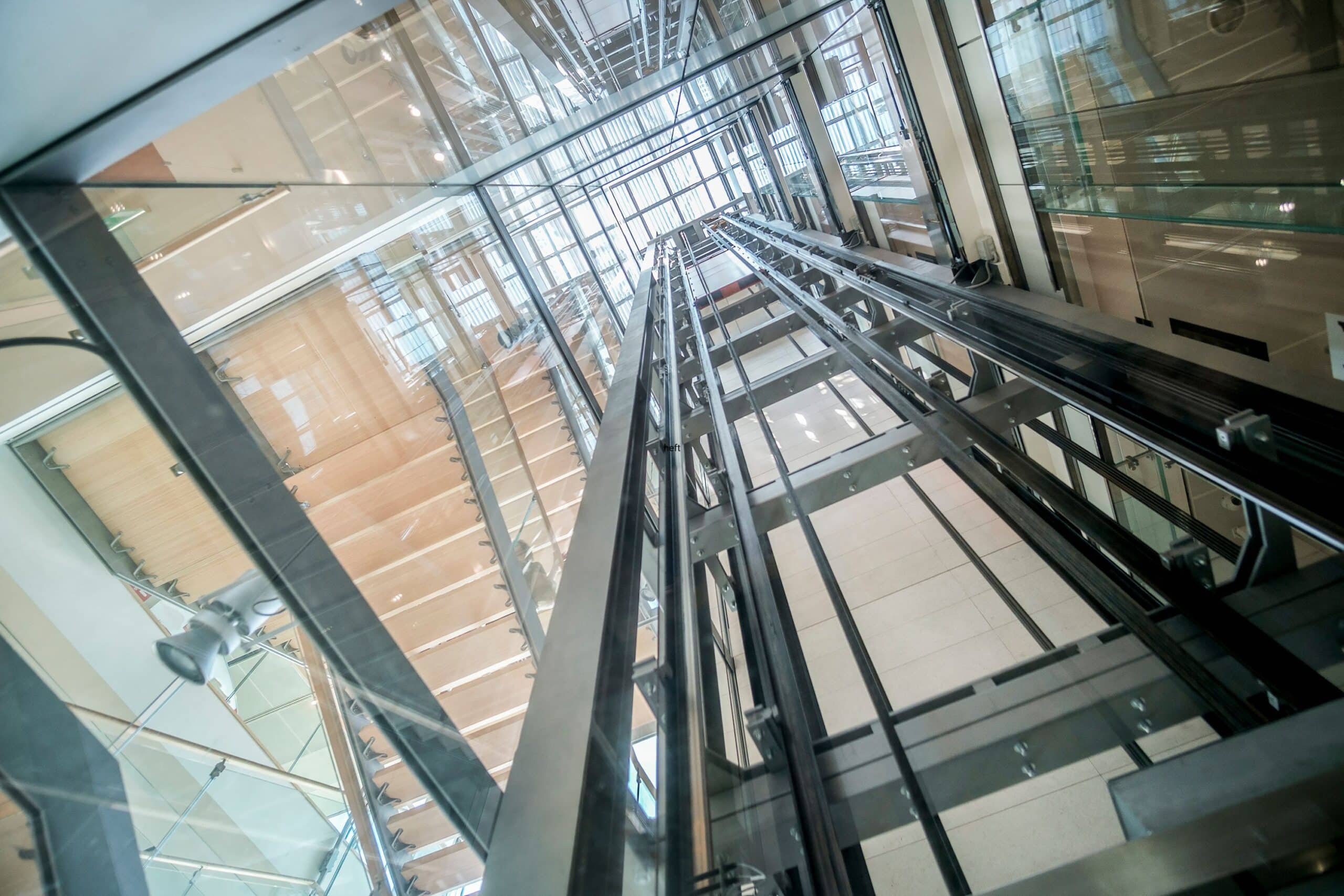Free Consultation
Free Consultation

Elevators are a crucial part of the modern urban landscape, providing efficient and rapid transportation between floors in high-rise buildings. But, as with any type of machinery, elevators can pose serious safety hazards if they are not properly maintained and operated. In New York, elevator safety is governed by a complex set of laws and regulations, and building owners need to be aware of their legal obligations to ensure the safety of their tenants and visitors. In this blog post, we will take a closer look at elevator safety laws in New York and what building owners should know to avoid potential liability and ensure the safety of their occupants.
First and foremost, it is important to understand that the New York City Department of Buildings (DOB) regulates elevator safety in New York. The DOB enforces the city’s elevator safety laws and regulations, some of the nation’s strictest. These laws cover everything from elevator inspections and maintenance to emergency procedures and reporting requirements for accidents or incidents.
One of the most important requirements for building owners is to ensure that their elevators are regularly inspected and maintained. In New York, elevators must be inspected at least once a year by a licensed elevator inspection agency, and any necessary repairs or upgrades must be completed within a specific timeframe. Building owners must also keep detailed records of all inspections and maintenance work and make them available to the DOB upon request.
In addition to regular inspections and maintenance, building owners must ensure that their elevators meet certain safety standards. For example, elevators must be equipped with emergency brakes and safety devices to prevent accidents and limit the risk of injury in the event of a malfunction. Elevator doors must also be equipped with interlocks to prevent them from opening unless the elevator is at the landing, and elevator shafts must be properly enclosed to prevent falls or other accidents.
Another key aspect of elevator safety in New York is emergency preparedness. Building owners must develop and implement emergency procedures to ensure the safety of their tenants and visitors in the event of an elevator malfunction or other emergency. These procedures must be communicated to all building occupants, and drills should be conducted regularly to ensure everyone knows what to do in an emergency.
Building owners must also report any accidents or incidents involving elevators to the DOB. This includes any injuries, deaths, or property damage due to an elevator malfunction or failure. Failure to report such incidents can result in significant fines and legal liability.
Finally, it is worth noting that elevator safety laws in New York are constantly evolving. Building owners must stay current with the latest regulations and ensure their elevators are always compliant. Failure to do so can result in serious legal and financial consequences, not to mention the risk of injury or death to building occupants.
Elevator safety is a critical issue for building owners in New York. By understanding their legal obligations and taking the necessary steps to ensure that their elevators are safe and in compliance with all relevant regulations, building owners can protect themselves from liability and help ensure the safety of their tenants and visitors. Regular inspections, maintenance, and emergency preparedness are key components of a comprehensive elevator safety plan. Building owners should prioritize these to avoid potential legal and financial consequences.